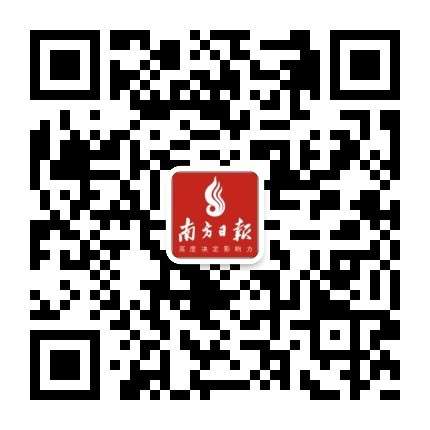In Chinese culture, the color red is always inseparable from celebration and ingrained with auspicious symbolism, representing fortune, good luck, joy, and prosperity. As the Year of the Dragon approaches, red, sometimes combined with other auspicious colors like gold, has been prominent in Guangdong Province.
Let's explore why the color red is so important during the most significant traditional festival in China.

The color red: From the story of "Nian"
In Chinese, celebrating the Spring Festival is referred to as "Guo Nian". Guo means "pass over" or "overcome", and Nian means "year."
According to one of the most famous legends about the origin of the Chinese New Year, in ancient times, there was a ferocious monster named Nian who ate livestock and villagers at midnight on New Year's Eve. A wise old man figured out that Nian was afraid of light, the color red, and loud noises. So people lit candles in their houses, pasted red paper on doors and windows, hung red lanterns, and burnt bamboo to make a loud cracking sound, all in an effort to frighten Nian and drive away the monster. These activities have been passed down and have become the Spring Festival traditions. As a result, you will see all kinds of decorations in red, including red lanterns, couplets and paper-cuttings.
Fai Chun (Spring Festival Couplets & Fu character)
In Cantonese-speaking areas, Fai Chun (挥春) is the traditional decoration on people's must-buy lists. With lucky words or sentences written on red paper, Fai Chun includes Spring Festival couplets, or Chunlian in Chinese, and "Fu (福, which means good fortune or blessings)" characters.
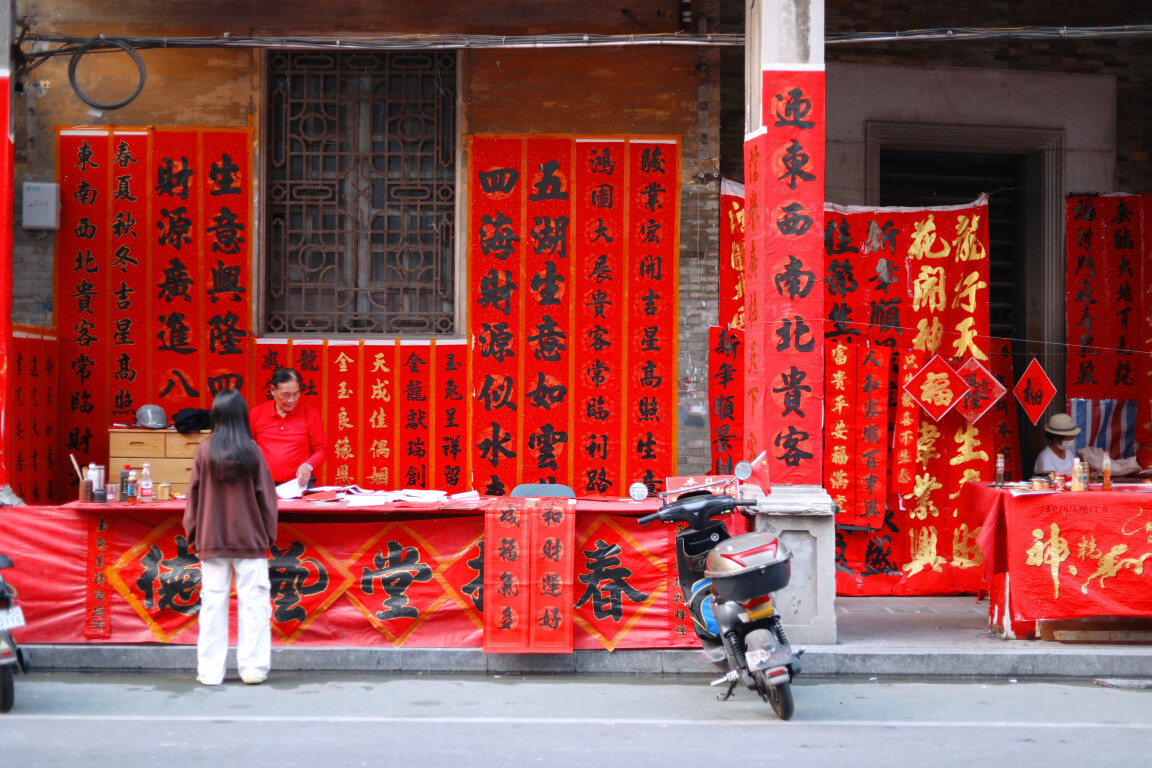
(Photo: Nanfang Rural Newspaper)
As the Chinese New Year atmosphere has permeated the streets, people in Guangdong have started to buy handwritten or printed Fai Chun and post them on doors and walls, in hopes of a prosperous year. For example, Foshan's Kuaizi Road has become a street awash with Fai Chun stalls and the fragrance of ink. It has become a longstanding tradition for many residents of Foshan to visit and pick up some hand-written Fai Chun before the Spring Festival.
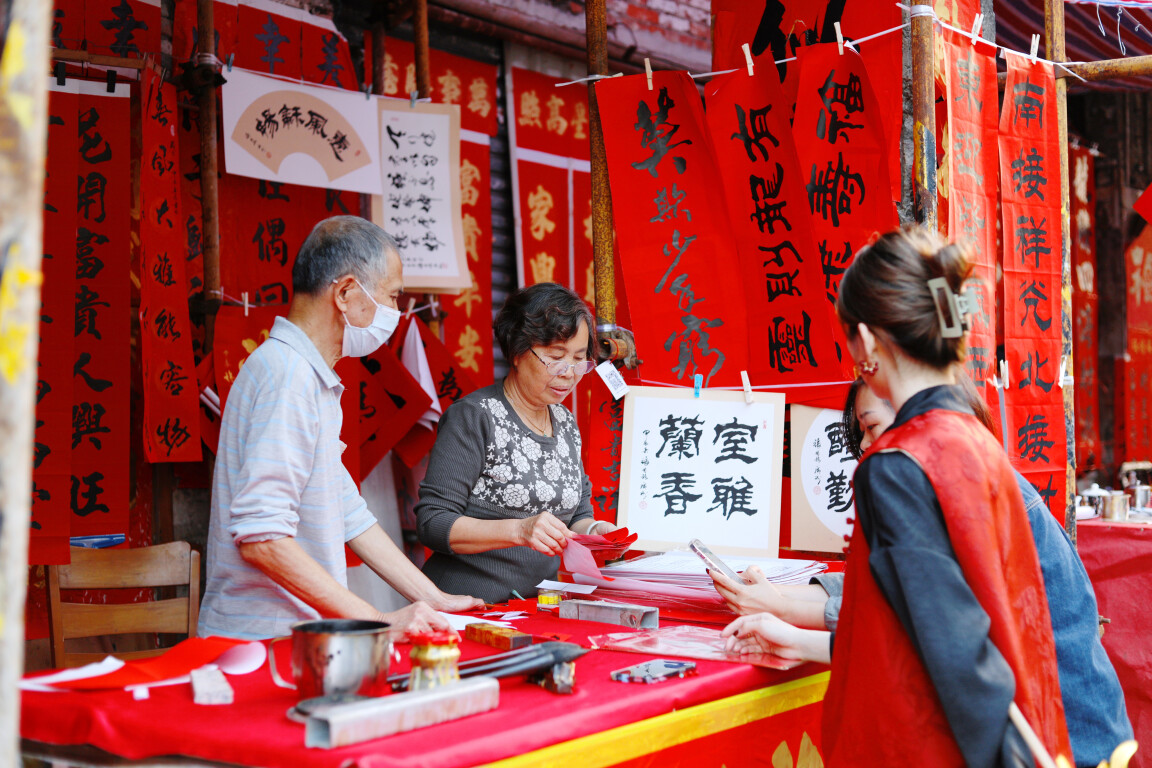
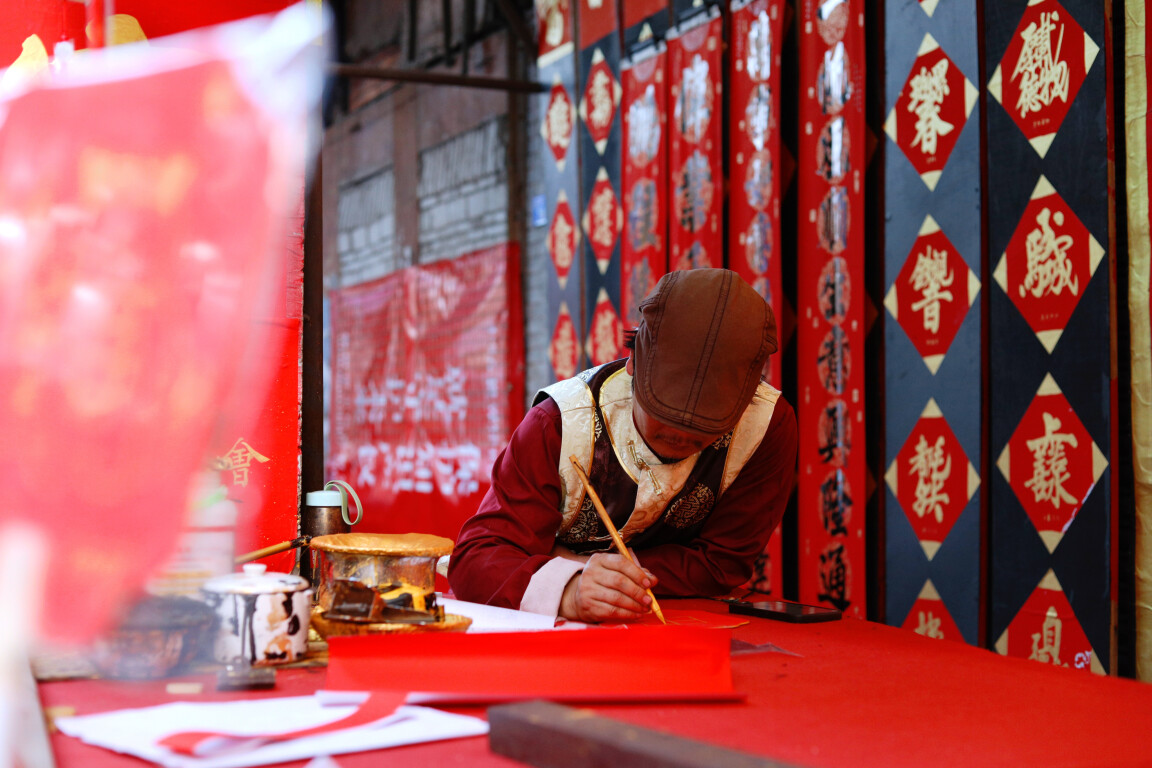
(Photo: Nanfang Rural Newspaper)
Spring Festival ornaments
The Chinese traditionally adorn their rooms and yards during the Spring Festival with red ornaments, symbolizing prayers for good fortune in the new year.
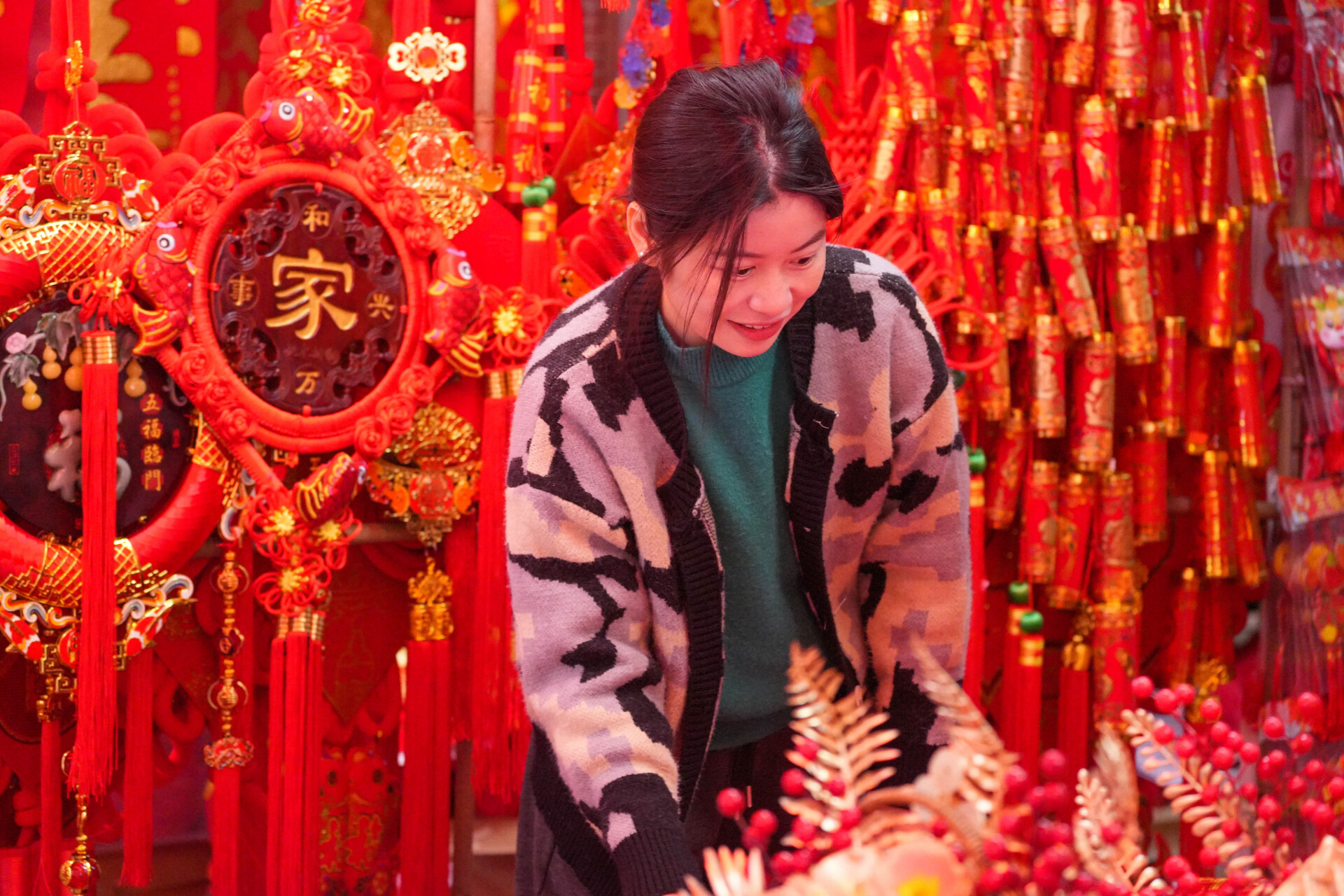
(Photo: Nanfang Daily)
In addition to shopping at major supermarkets, many Cantonese like to go to the local "Chinese New Year goods streets" to buy what they need. On Guangzhou's Yide Road, Zhuhai's Xingfu Road, Dongguan's Zhenhua Road and the like, Chinese New Year goods like paper cuttings, New Year pictures, and toys related to the festival or the Chinese zodiac, have already hit the store shelves and become hot commodities.
Lanterns
Hanging lanterns on Chinese New Year is another traditional folk custom. The red lanterns symbolize the reunion of the family and prosperity and are an integral part of the festive atmosphere. Recently, lanterns of different styles and shapes have been hanging on streets, supermarkets, and parks across Guangdong, infusing the province with a vibrant atmosphere.
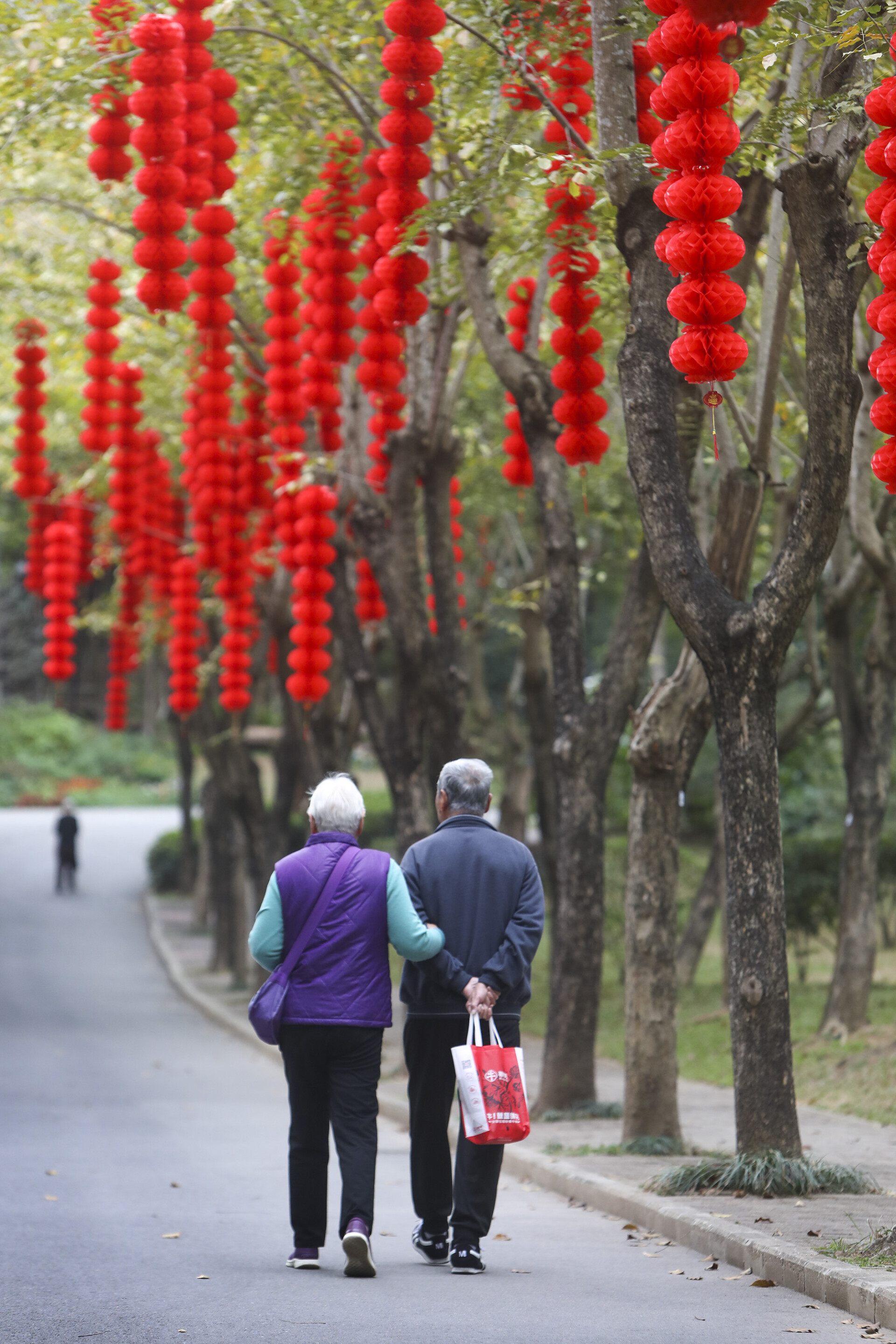
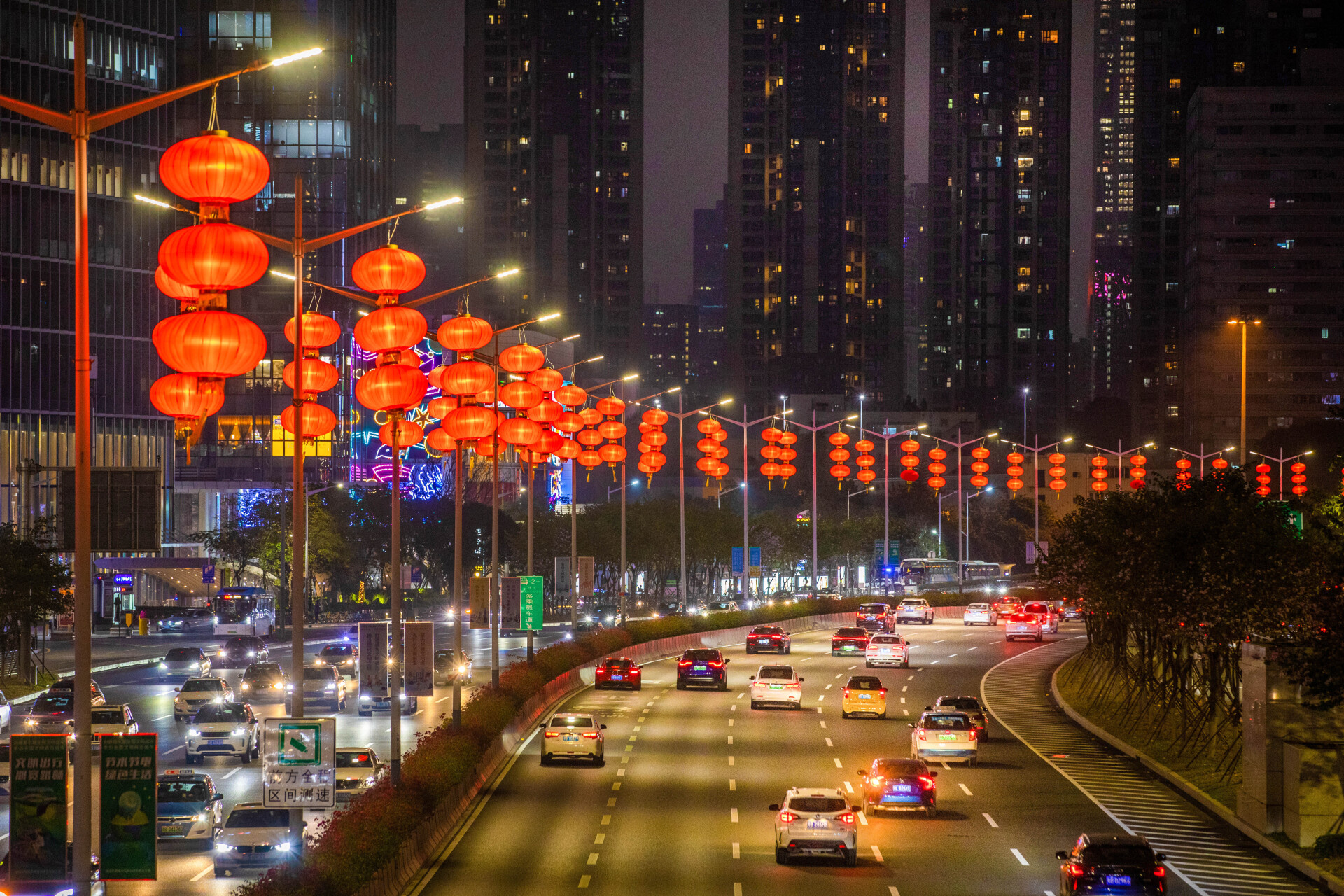
(Photo: Nanfang Daily)
Red envelopes
The tradition of giving red packets, also called red envelopes or "Lai See" in Cantonese, may be one of the traditions children love the most. These envelopes containing cash are typically handed out to younger generations by their parents, grandparents, relatives, and close neighbors. The money is called Ya Sui Qian, meaning "suppressing age money" or "suppressing evil spirits money" and represents good wishes and good luck in the coming year.

(Photo: Nanfang Daily)
Clothes with the color red
When shopping in clothing shops in Guangdong, you will notice an increasing proportion of red clothes. Red-colored clothing is often worn throughout the Chinese New Year as it symbolizes prosperity and is thought to ward off evil spirits.
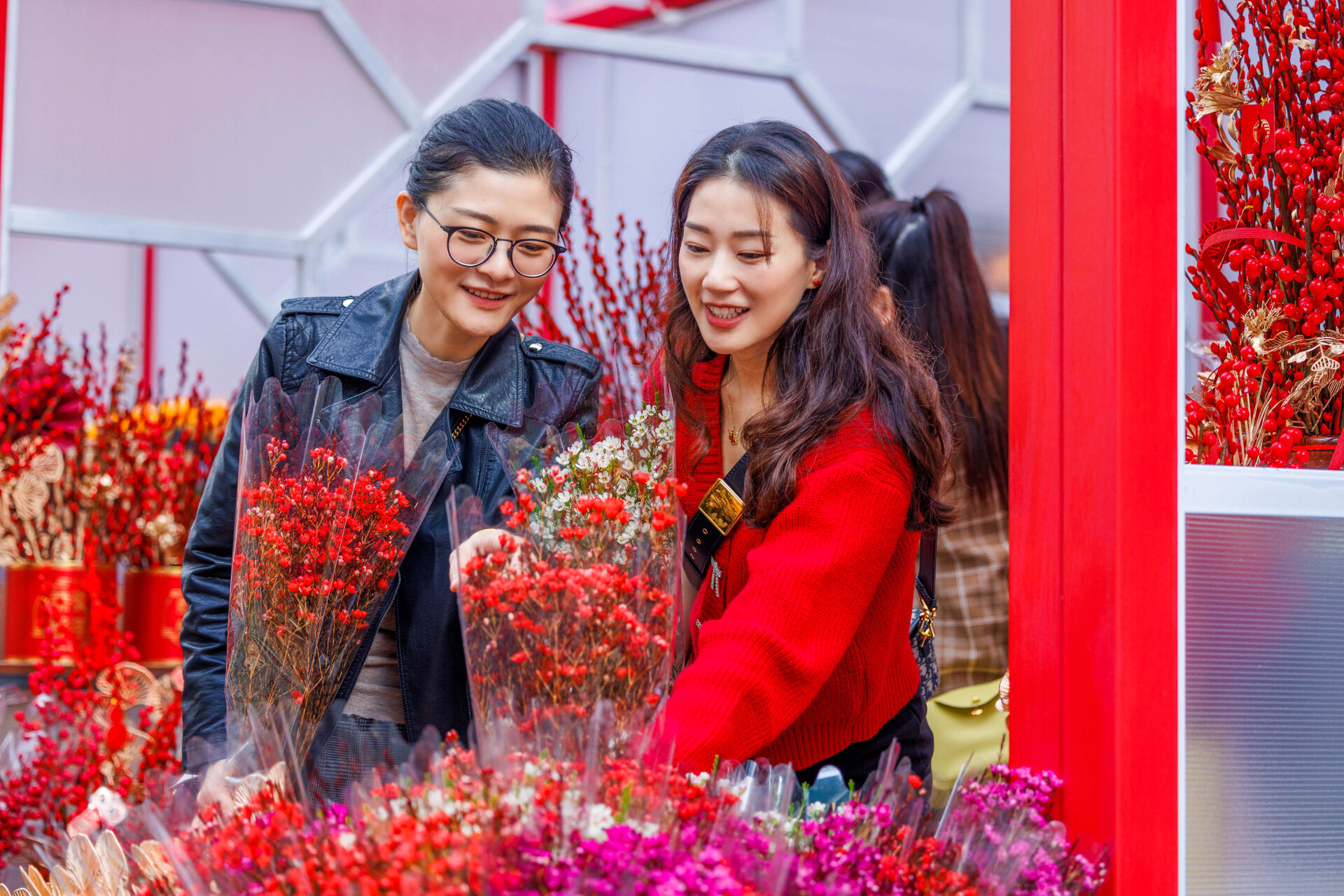
(Photo: Nanfang Daily)
Furthermore, in the Chinese zodiac, twelve animals are used to denote the year of a person's birth. There is a saying in Chinese folklore that those in their animal year are prone to unpleasant and unexpected events. Therefore, they will usually be clad in everything red from head to toe as the new year begins, in hopes of good luck throughout the year.




